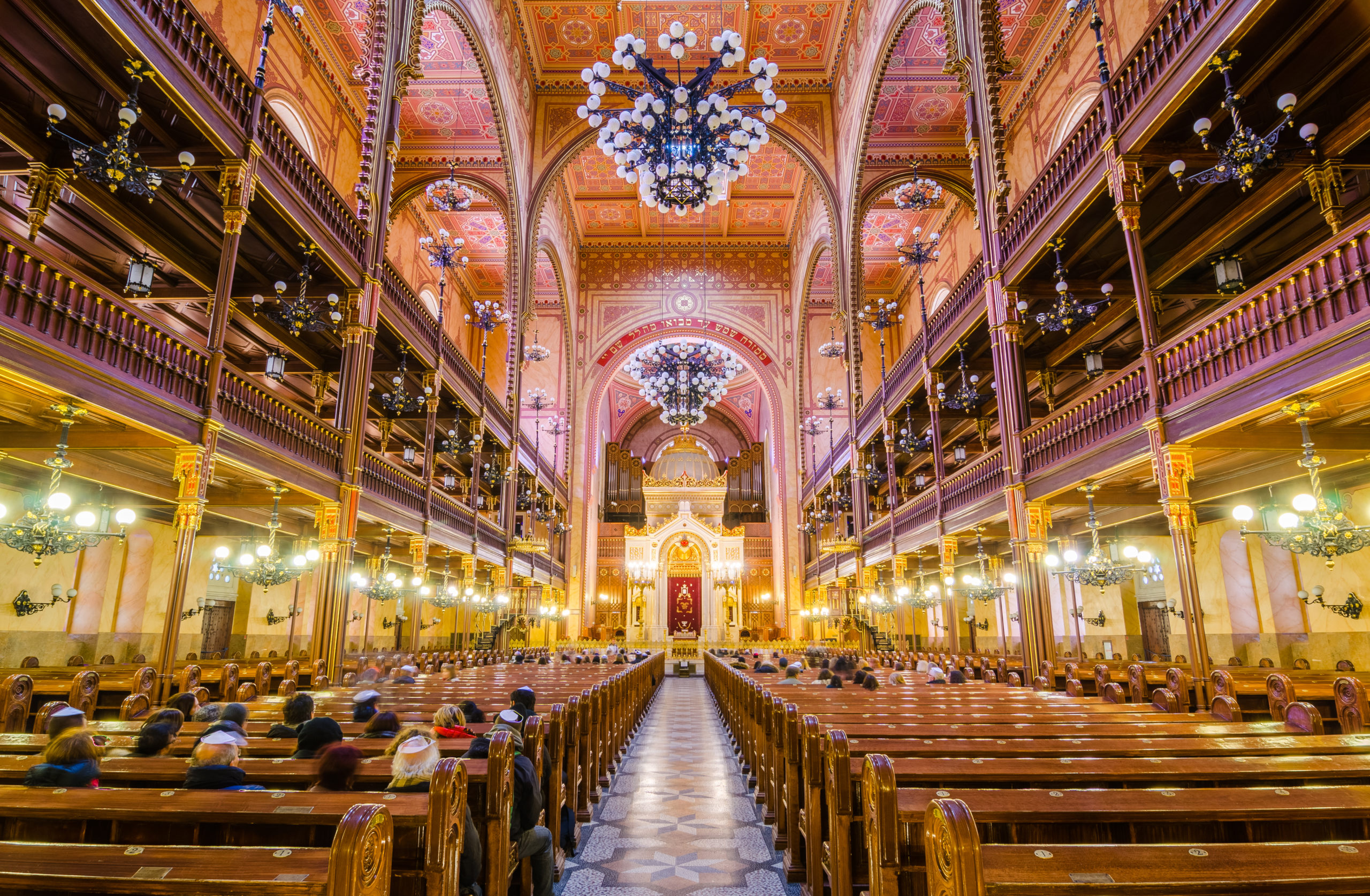Jewish Community Celle
BEGGINING
Of the former 140 synagogues in Lower Saxony that existed before 1933, only about 40 are preserved as buildings today. Two of them are used as memorials and museums. These include the approximately 250-year-old Celle synagogue Im Kreis 24, which has recently returned to its original purpose: since 1997 it has been the house of worship of the New Jewish Community of Celle. Between 1676 and 1691, five Schutzjuden with their families and servants received ducal permission to settle in the Altenceller Vorstadt (Blumlage and Im Kreise). In 1690, these families, which consisted of about 30 people, set up their first prayer room in a secret annex on the Blumlage. Only three years later it was destroyed by order of the castle bailiff, because no official permission had been obtained. When the ducal permission was granted, a prayer room was re-established in the private house of Isaac Maintz. The exact location of this house is not known.
JEWISH CEMETERY
Not in the Blumläger suburb, but about four kilometers north of the Aller, a cemetery was assigned to the Jewish community in 1692. Here, on today’s street Am Berge, surviving gravestones document burials from 1705 to 1953. According to the design of the architect Otto Haesler, the Jewish community had a cemetery hall built there in 1910, which was demolished in 1974 due to dilapidation.
SYNAGOGUE
It was not until 1737 that the Jews in the Principality of Lüneburg received permission to build synagogues. In 1738, the “Judenschaft Celle” acquired the two plots of land Im Kreis 23 and 24 and built a synagogue as a rear building around 1740, a simple half-timbered building from the outside, whose interior was representatively designed in the style of the late Baroque. The two front buildings were used as a Jewish schoolhouse (No. 24) and as apartments (No. 23 and No. 24) for various municipal employees. From the founding period comes the sacrificial stick with the inscription “Aron, son of Rabbi Josua Feibelman blessed his memory. In Celle 1740”. This inscription is one of the few clues as to the age of the synagogue. The construction of the synagogue required a high debt of the Celle Jewish community. Only the will of the court factor Isaak Jakob Gans from 1797 secured the long-term repayment of the loan. As early as 1765, Gans had donated a precious donation to the Celle synagogue community in memory of his father Jacob Gans: a pair of rimonim (Torah crowns) and a cup (Torah shield), today Collection Jewish Historical Museum Amsterdam. Over a period of almost 150 years, there is no evidence of structural changes to the building of the Celle Synagogue. It was not until 1883 that an extensive renovation took place: extension of the women’s gallery along the west side of the synagogue room, stained glass of the windows with coloured panes and revision of the painting of the interior. On the eve of the Jewish New Year of 1883, September 30, the reconstruction was solemnly inaugurated. The late 19th century, like the second half of the 18th century, was a heyday for the Jewish community, which numbered about 110 people. Until 1933 (70 persons) the number of Celle Jews decreased steadily. In January 1939, 35 and in October of the same year only 15 people of Jewish faith lived in Celle.
NAZI PERIOD
During the Reichspogromnacht from 9 to 10 November 1938, the furnishings of the Celle synagogue were smashed with axes, the twelve Torah scrolls, the cult objects and the community library were thrown onto the street. Destroying the building by fire was only omitted because it would have affected the surrounding houses. From 1942, the old Jewish schoolhouse Im Kreis 24 served as the “Celle Jews’ House”. In a confined space, the people were accommodated here under total surveillance until their deportation to the extermination camps. From here, for example, the married couple Oscar and Nanny Salomon were deported to Auschwitz in July 1943. Jews from other places in the administrative district of Lüneburg also had to spend the time here before their deportation. In the vestibule of the synagogue there are memorial plaques donated by emigrated members of the former Jewish community in Celle for their relatives who died in the extermination camps.
RESTART
After the end of the 2nd World War and the liberation of the Bergen-Belsen concentration camp, about 1000 Jewish so-called displaced persons lived in the Celle Heidekaserne in May 1945. The military government confiscated the buildings of the pre-war Jewish community Im Kreis 23/24 with the synagogue, house no. 25 and the Jewish cemetery Am Berge for the newly formed Jewish community with its facilities and for various Jewish aid organizations. In the backyard of the synagogue, a mikveh (ritual bath) was built in 1945, which was demolished in 1972/73 due to dilapidation. Many of thedisplacedpersonsof Jewish faith in Celle came from Eastern European countries, but a large proportion also came from the German Reich (40%). They waited here for their emigration to Palestine, the USA and other countries or for their return to their homeland. The rabbi of the post-war community, Moshe Olevsky, emigrated to the United States in 1950. The small remaining Celle congregation was affiliated to the State Association of Jewish Communities in Lower Saxony and then attended services in the Hanoverian synagogue. The year of the dissolution of the municipality is not known, 1967 is mentioned for the last time. Today, the Celle Synagogue is considered the oldest half-timbered synagogue in Lower Saxony, which is still preserved in its essential components. The current furnishings of the synagogue, e.g. the wooden pedestal in front of the Torah shrine and the lectern for the Torah scroll (bima), date from the period after 1945. A comprehensive renovation took place in 1973/74 by the city of Celle, which had acquired the building in 1969. On June 20, 1974, the Celle Synagogue was reconsecrated by Heidelberg Rabbi Dr. Nathan Peter Levinson.
- Possibility of learning Hebrew.
- Synagogue Museum : Synagogue tours and themed tours on the history of the Jews in Celle are also possible outside opening hours.


 NOA is co-funded by the European Union’s Citizens, Equality, Rights and Values Programme (2021-2027).
NOA is co-funded by the European Union’s Citizens, Equality, Rights and Values Programme (2021-2027).